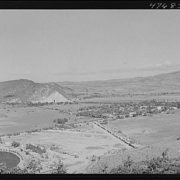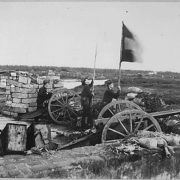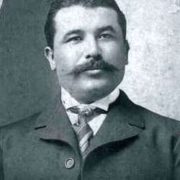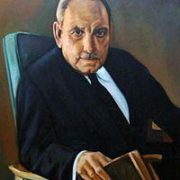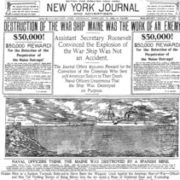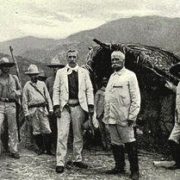US Invades Puerto Rico 1898
As the Spanish American war was ending in the summer of 1898, US troops launched an invasion of Puerto Rico, one of Spain’s remaining two principal islands in the Caribbean. The Puerto Ricans decided not to offer a strong resistance, and the island was captured with only a few casualties. After an armistice was signed with Spain, the island was officially turned over to the US. On October 18, 1898, the American flag was raised in Puerto Rico for the first time in its history. (Image of Guanica, Puerto Rico, where US troops initially landed; Source: www.LOC.gov)
Cuando la guerra hispanoamericana terminaba en el verano de 1898, las tropas estadounidenses lanzaron una invasión de Puerto Rico, una de las dos islas principales que quedaban en España en el Caribe. Los puertorriqueños decidieron no ofrecer una fuerte resistencia y la isla fue capturada con pocas bajas. Después de que se firmara un armisticio con España, la isla fue entregada oficialmente a Estados Unidos. El 18 de octubre de 1898 se izó la bandera estadounidense en Puerto Rico por primera vez en su historia. (Imagen de Guánica, Puerto Rico, donde desembarcaron inicialmente las tropas estadounidenses; Fuente: www.LOC.gov )

